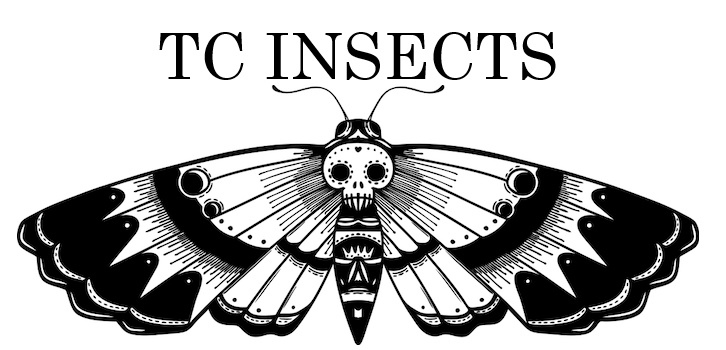Preface: Basic Springtail Care Sheet
Being the largest producer of springtails in the US, we have their care down to a science. The following care sheet mainly covers the care of Tropical White and Temperate White springtails. They are the two most commonly kept springtails for Bioactive terrariums and are also used widely as feeders.
Introduction
Springtails are tiny, insects known as Hexapods. They are found in moist environments all over the world, and they play an important role in the decomposition of organic matter and consumption of fungii. Springtails are also popular as feeder insects for small animals and as cleanup crews for terrariums and vivariums.
Housing
Springtails can be housed in a variety of containers, but it is important to choose one that is large enough for them to move around freely and that has a tight-fitting lid to prevent them from escaping. A clear plastic deli container 8oz to 32oz is ideal, as it will allow you to observe the springtails and their environment.
Substrate
Springtails require a moist substrate to live in. A good substrate for springtails is a mixture of charcoal and coco coir, or sphagnum moss. You can also use potting soil, but be sure to sterilize it before using it to prevent the introduction of pests and diseases.
Most substrates you receive from us will be straight Charcoal or a Clay blend. The reason is, that we aim to provide sterile cultures. However, the above substrate is ideal for environmental conditions.
Temperature and Humidity
Springtails prefer temperatures between 65 and 80 degrees Fahrenheit, and humidity levels between 70 and 100 percent. You can maintain the humidity in the springtail enclosure by misting it regularly with dechlorinated water.
Food
Springtails are detrivores, meaning they eat decaying organic matter. You can feed your springtails a variety of foods, such as:
- Brewer’s yeast
- Decaying leaves and wood
- Vegetable scraps
- Moldy bread
- Springtail food
Avoid feeding your springtails animal products, as these can attract pests, diseases and foul odors.
Maintenance
Springtail enclosures are relatively low-maintenance. It is important to mist the enclosure regularly to maintain the humidity, and to feed the springtails a 1-3 times per week (bigger populations require more feeder and smaller populations less). You should also clean out the enclosure every few months to remove any mold or waste.
Troubleshooting
If you notice that your springtails are dying or that they are not reproducing, there are a few things you can check:
- Make sure the substrate is moist, but not soggy.
- Make sure the temperature and humidity are within the optimal range.
- Make sure the springtails are getting enough food.
- Check for mold or pests in the enclosure.
Tips for a Thriving Springtail Colony
- Start with a small culture of springtails and allow them to reproduce before adding them to your terrarium or vivarium.
- Provide the springtails with a variety of food sources.
- Avoid overfeeding the springtails, as this can lead to mold and fungus growth.
- Clean out the springtail enclosure regularly to remove any mold, waste, or dead springtails.
- Monitor the temperature and humidity in the enclosure and make adjustments as needed.




